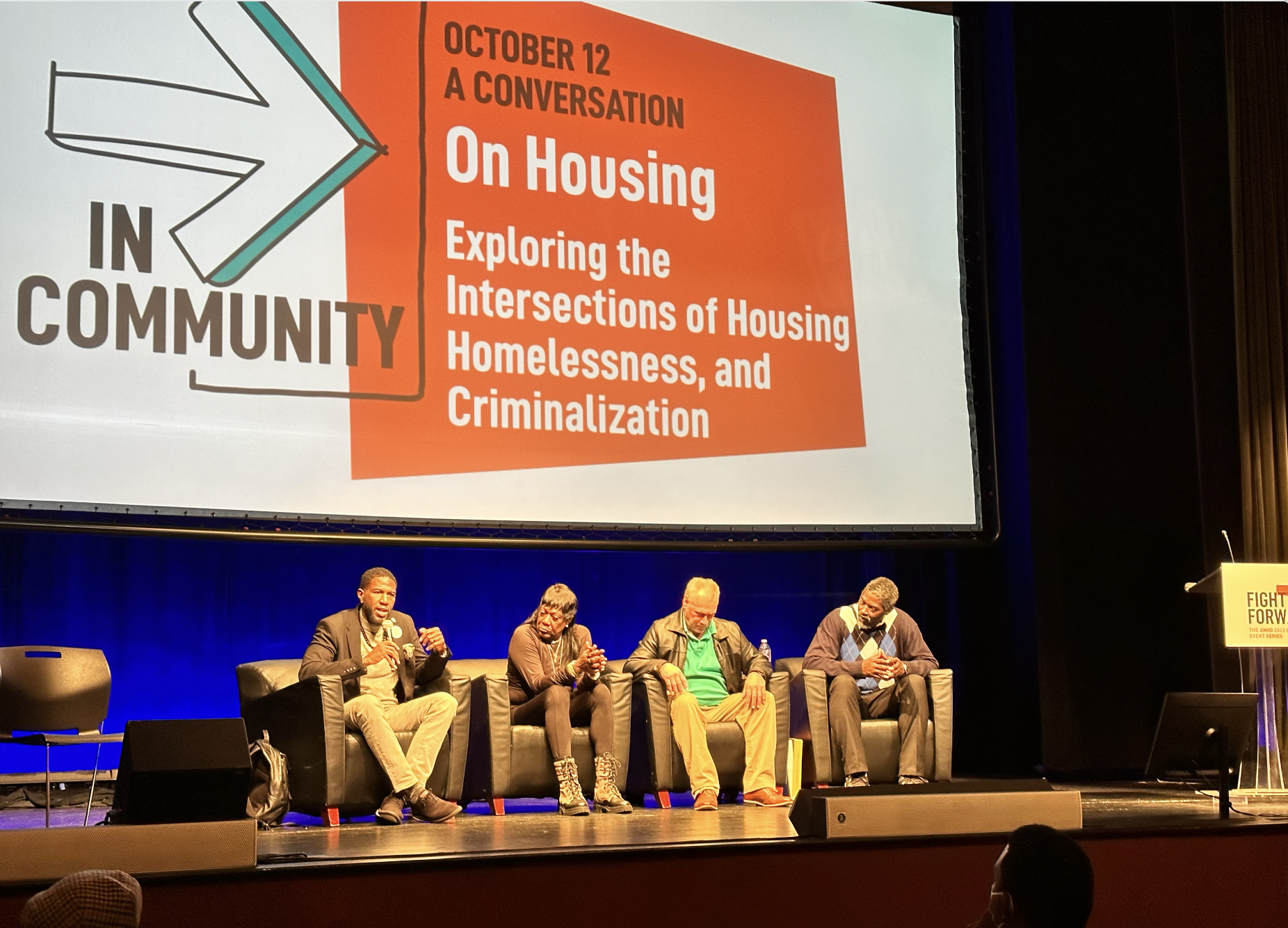At The Laundromat Project, we understand that art is not just a mirror to society but an opportunity to shape it. Recently, I attended a powerful conversation at The Schomburg Center for Research in Black Culture titled “On Housing: Exploring the Intersections of Housing, Homelessness and Criminalization.” This conversation was a part of the Association for Neighborhood Housing Development’s (ANHD) annual conference “Fight Forward,” a seven-part community organizing effort. Moderated by New York City Public Advocate Jumaane Williams, with panelists Tracie Adams (VOCAL-NY), Marcus Moore (Picture the Homeless) and Robert Ehrenberg (Release Aging) discussed the intricacies and life experiences within the cycle of criminalization and homelessness.
During the event I was reminded of how essential our work at The LP is. This was reaffirmed because of the intentional work by the ANHD team to integrate the arts as a part of the framework for this conversation by featuring the exhibition “Marking Time: Art in the Age of Mass Incarceration” as well as a performance by Jacob Cohen’s. Both of these artistic offerings played pivotal roles in amplifying the voices of those who have been impacted by the criminal justice system and shining a light on housing issues that directly affected this population.
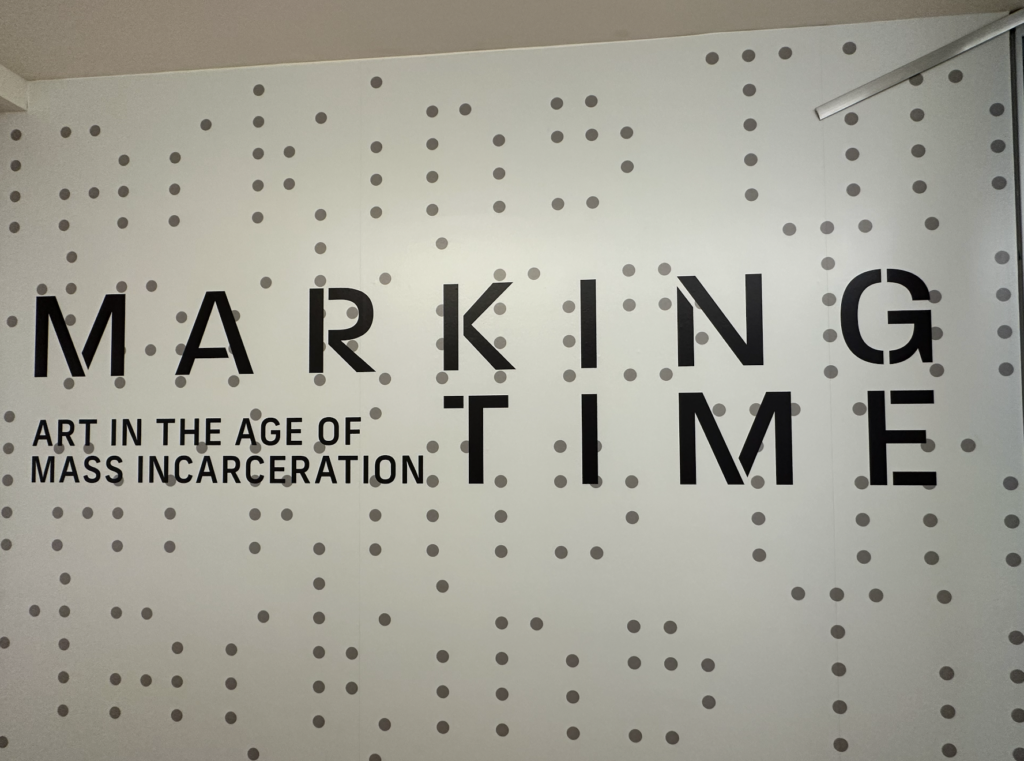
“Marking Time” is not just an exhibition; it’s a testament to the resilience of individuals who have navigated the harsh realities of incarceration. This immersive experience explores the impact of the U.S. prison system on contemporary visual art, revealing the human stories behind the statistics. It’s a canvas that encapsulates the raw emotions, struggles, and hopes of those who have been, and continue to be, ensnared by the system.
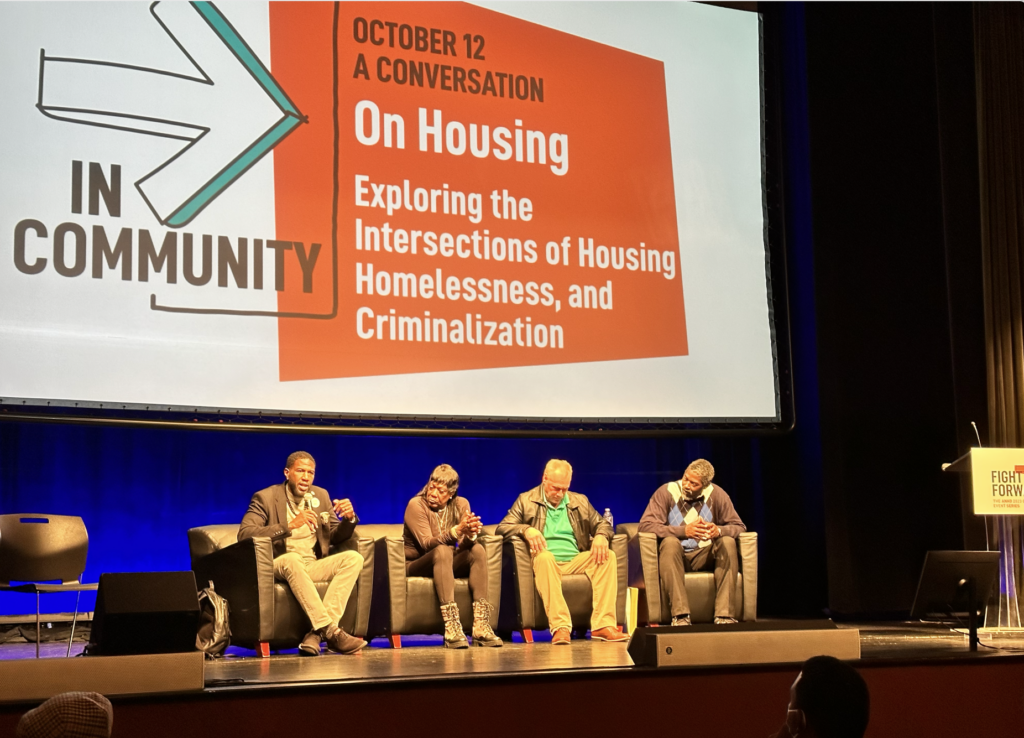
Jacob Cohen is a Brooklyn-based experimental cellist, visual artist, and found-object instrument maker. For the past decade, he has earned a living performing in the New York City subways and freelancing as an improvisational cellist. For four years, he ran a music program called Cello Without Walls for youth incarcerated in Rikers Island. During this event Jacobs’ hauntingly beautiful cello performance added another layer to the narrative, evoking emotions that words alone cannot express. His music breathed life into the artworks, resonating with the pain and yearning of the artists behind bars. Through his performance, he created a bridge between the free world and the incarcerated, reminding us that art knows no boundaries.
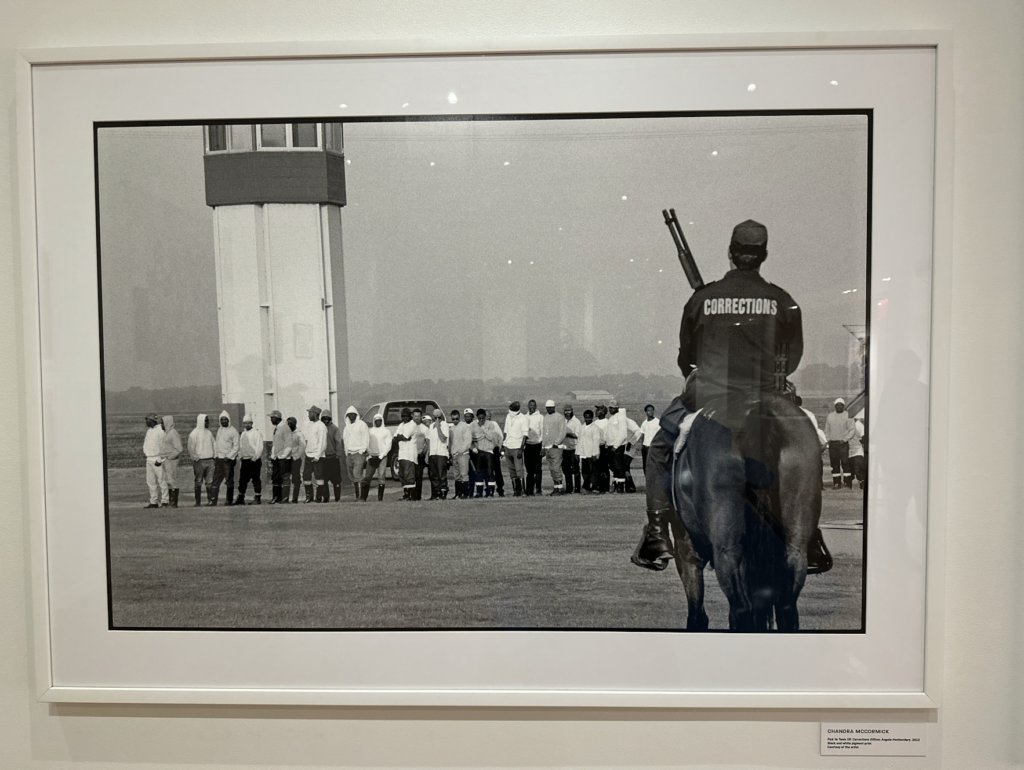
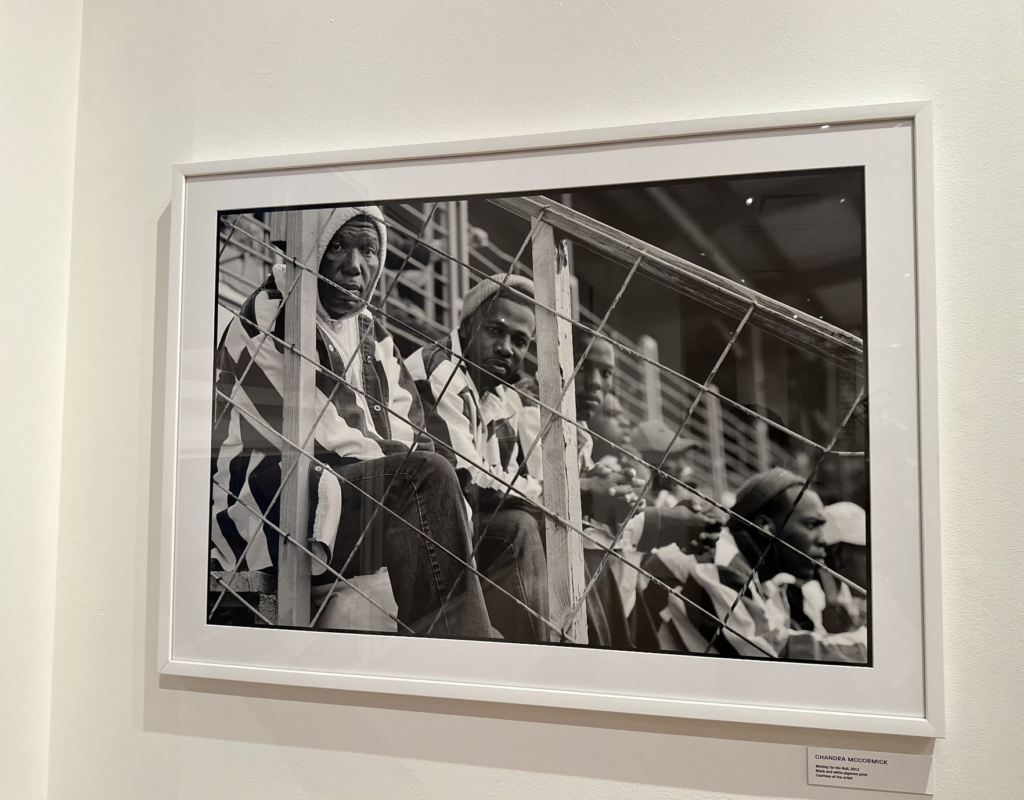
At The Laundromat Project, we recognize that art is a conduit for change. We believe in nurturing creativity, even in the darkest of places. It is in the act of creating, the strokes of a brush, the notes of a cello, that we find redemption and transformation. We value place, understanding that the prison walls cannot contain the human spirit’s boundless potential.
As we strive to create change and be propelled by love, we extend our arms to the arts community, inviting you to engage in a deeper dialogue and active participation in advocacy work related to housing justice, supported by the transformative power of the arts.
Together, we can reshape the narrative, tearing down the walls that separate us and building bridges of hope and healing. Through art, we can create a world where the injustices of the past are replaced by a future filled with possibility and redemption.
Written by The LP Director of Programs, Catherine Mbali Green-Johnson
Want learn more about Marking Time: Art in the Age of Mass Incarceration and visit the exhibition?
